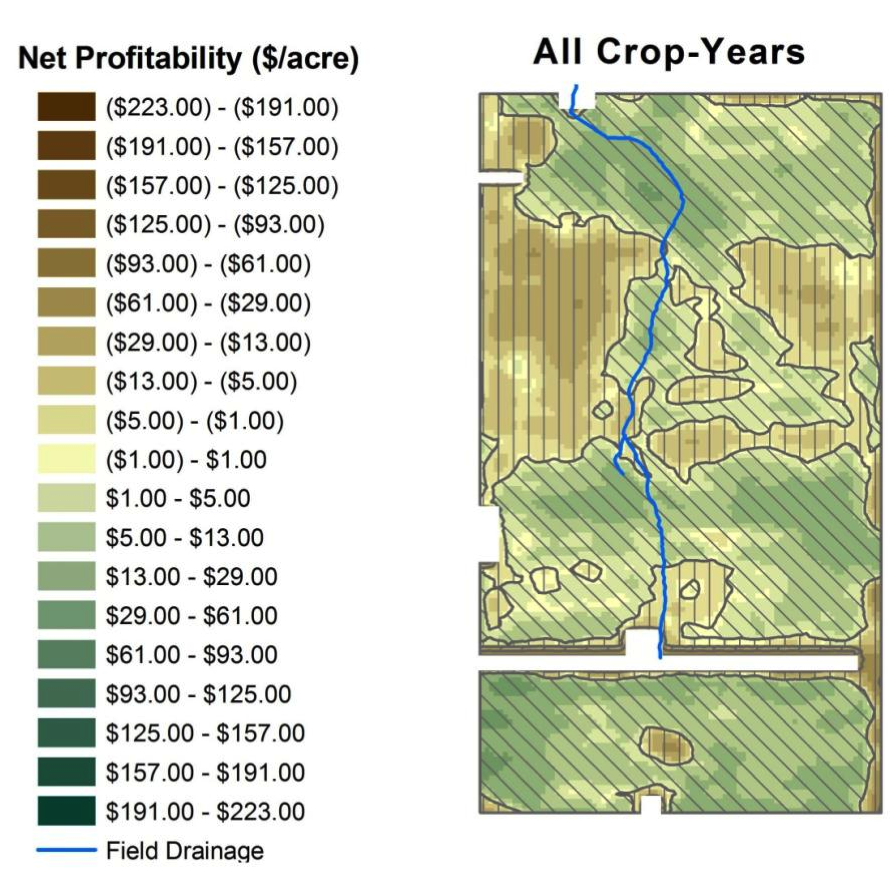There are places in America where crops are no longer grown because the soil is so degraded it has lost its productivity.
Newell Kitchen, a soil scientist with the USDA-Agricultural Research Service in Columbia, Mo., shared this with attendees at the Iowa Cover Crops Conference in February, and explained just how detrimental soil erosion can be.
“If you look at the Piedmont region in the eastern U.S., it was an area that was really put into intensive agriculture production really quickly as this land was settled,” he says. “If you look in that area now, there’s some agriculture production, yes — but many of the acres put into production back in the 1700s and 1800s are now just forested.
“The soil is so thin they can’t really produce agriculture crops. It didn’t take very long.”
Even when soils are still productive, erosion has its consequences, including ones that can really hit a grower’s wallet.
Kitchen gave the example of a 90-acre, clay-pan soil field that the USDA has been yield mapping every year since 1992. From 1992-2003, the field was mulch-tilled and in a corn-soybean rotation. Starting in 2004, they began no-tilling and using cover crops, with half of the field in corn and soybeans, and the other half in soybeans and wheat — land that scientists felt was so degraded they couldn’t successfully grow corn.
 Kitchen says they took the yield maps and determined the field’s profitability by looking at factors like input costs and elevator prices, and averaging them over a 10-year period. The brown areas of the map show where they lost money, while the green areas are where they made money. They determined the field has lost an average 7 inches of topsoil per acre in the 120-plus years it’s been farmed.
Kitchen says they took the yield maps and determined the field’s profitability by looking at factors like input costs and elevator prices, and averaging them over a 10-year period. The brown areas of the map show where they lost money, while the green areas are where they made money. They determined the field has lost an average 7 inches of topsoil per acre in the 120-plus years it’s been farmed.
How much has that 7-inch topsoil loss cost the field? The scientists determined they lose 2.9 bushels of corn per acre per inch of topsoil, and 0.7 bushels per acre per inch in soybeans. With 7 inches eroded, that’s 20.3 bushels of corn and 4.9 bushels of soybeans per acre lost. If the price of corn is $5 per bushel, then that field is losing approximately $102 of corn per acre per year. For soybeans, that total is about $64 per acre per year, if prices are $13 a bushel.
“So an average of about $83 per acre per year,” Kitchen says. “And these are very conservative numbers. The reality is it’s probably quite a bit higher.”
You can watch Kitchen talk more about this, as well as what happened to that field after they started using no-till and cover crops, in this video.






